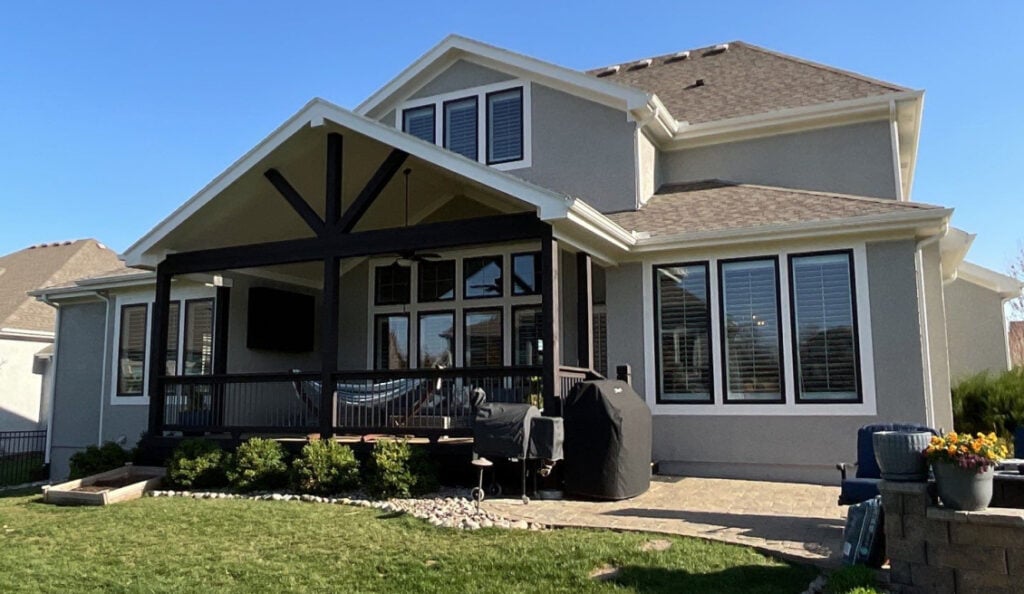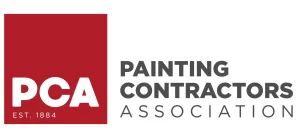Before tackling an exterior painting project, taking the proper steps to prepare your home is essential. The preparation will help ensure your new paint job lasts longer and looks great.
Power Wash
A painter will typically need to power wash and sand the surface before applying a coat of paint. This process helps remove dirt and flaking paint. If your home is prone to mildew or has previously been painted, you may also need to use a mildewcide. Once you’ve finished this, you can begin painting.
Check For Holes and Damages
Before starting an exterior painting project, check your home for cracks, holes, wood rot, or other damage. You can also look for signs of lead paint. If you suspect there is lead in the home, you can get certified by a lead abatement contractor.
The best time to paint the outside of your home is between 50 and 80 degrees Fahrenheit. This is because humidity can slow the cure time of a new coat of paint. It would help if you also considered a buffer zone to protect your home from unexpected weather.
In addition to protecting your home from weather and insects, a paint job will also improve its curb appeal. So when you’re planning an exterior painting project, keep these five tips in mind.
Getting Rid of Loose and Flaking Paint
The most important step is getting rid of loose and flaking paint. This will ensure that you apply a fresh coat of paint evenly applied. You can do this by using a handheld scraper or by cleaning off the area with a sponge or soft cloth.
Use a Paint Sprayer
When you’re ready to start painting, use a paint sprayer instead of a paintbrush. A paint sprayer is a quick and easy way to apply a new coat of paint. However, if you use a paint sprayer, don’t hold it too close to your painting surface. This can result in a messy finish.
To avoid damage, make sure that you’re careful when you’re using a ladder. The ladder you’ll be using should lean against a wall. If you’re working outside, try to relocate any fragile plants. If possible, tie off the ladder to prevent it from moving too far. It’s also a good idea to tie off the ladder at the end of each day.
If you plan on painting in inclement weather, consider setting up a scaffold. This will provide better access to the interior of your house. Depending on the size of your home, you may also need to set up a work platform. You can also cover areas with a tarp. You can remove the tarp at the end of the day for easier clean-up.
Before you begin the painting, you’ll need to remove all the loose paint. This can be accomplished using a sponge, a scrub brush, or a pressure washer. If your house has a lot of flaking or peeling paint, you’ll also need to sand and repair the damaged areas.
Related: 8 Tips on How to Choose Exterior Painting Colors for Your Home









